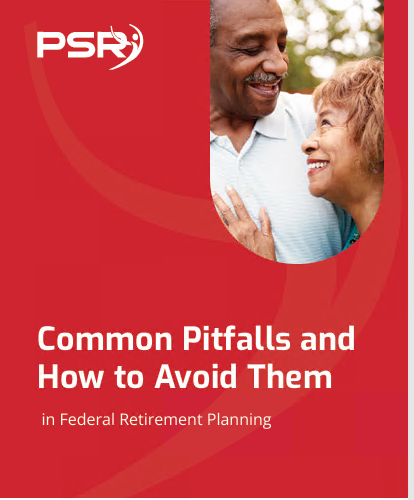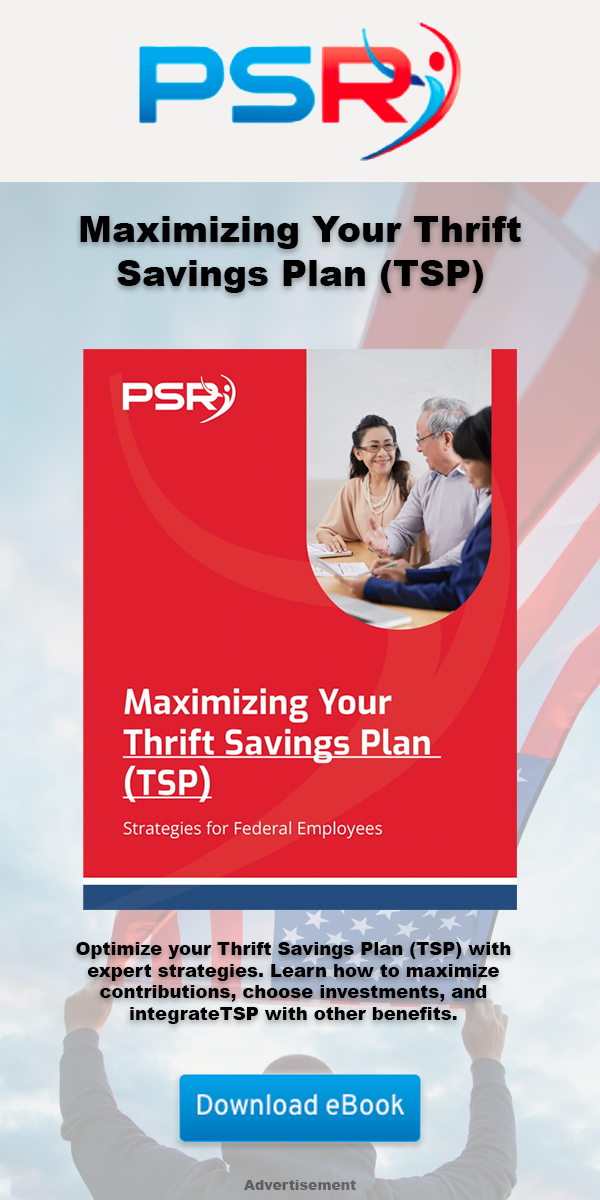Key Takeaways
-
The Thrift Savings Plan (TSP) is a valuable retirement tool for public sector employees, but failing to rebalance your portfolio could leave you exposed to unnecessary risk—or insufficient growth.
-
Rebalancing in 2025 is especially important given recent market volatility, rising interest rates, and evolving economic forecasts that may affect both G Fund stability and C/S Fund performance.
Why Your TSP Strategy May Need a Fresh Look in 2025
- Also Read: FAA, Law Enforcement, and Special Federal Employee Categories—Here’s What Makes Their Retirement Unique
- Also Read: Blending Private and Public Sector Retirement Plans Is Complicated—Here’s Where Couples Get It Wrong
- Also Read: The Silent Shift in Postal Service Retirement Benefits That Could Change Everything by 2026
The market fluctuations of 2022 and 2023 taught many TSP participants a tough lesson: time alone doesn’t guarantee portfolio growth. Rebalancing your TSP now could provide better long-term stability and returns.
What Does It Mean to Rebalance Your TSP?
Rebalancing is the process of realigning your TSP fund allocations to maintain your desired level of risk and return. Over time, market movements cause your investment mix to drift from your original percentages. Left unchecked, this drift can expose you to either more risk than you’re comfortable with or too little growth potential.
For example:
-
If your C Fund (common stocks) performed exceptionally well last year, it might now make up a larger portion of your portfolio than intended.
-
On the other hand, if you had significant holdings in the F Fund (bonds), recent rate hikes may have reduced its value, shifting your overall balance unintentionally.
Rebalancing restores your original or updated allocation targets, helping you stay aligned with your retirement timeline.
Why 2025 Is a Pivotal Year
Several unique economic and policy developments in 2025 make this year an ideal time to rebalance your TSP:
-
Interest Rate Trends: After multiple rate increases in 2023 and stabilization in 2024, 2025 begins with signs of potential rate cuts. This could affect bond performance (F Fund) and boost equities (C, S, I Funds).
-
Inflation Stabilization: Inflation has cooled but remains slightly above historical norms. It may continue to erode returns if you’re overly invested in conservative assets like the G Fund.
-
WEP Repeal Impact: The 2025 repeal of the Windfall Elimination Provision (WEP) could affect Social Security income projections, influencing how you approach TSP distributions.
-
TSP Catch-Up Contribution Rule Change: New limits now apply based on age brackets. This affects how much more you can contribute and possibly where you allocate those new contributions.
These factors make a one-size-fits-all approach riskier than ever. Your allocation strategy in 2025 should be personalized and proactive.
Common TSP Allocation Pitfalls to Avoid
Many participants fall into these common traps:
-
Staying Too Conservative for Too Long: Especially among retirees or those near retirement, over-reliance on the G Fund could limit growth. The G Fund is stable, but in a low-to-moderate inflation environment, your real returns may be near zero.
-
Chasing Performance: Jumping into the best-performing fund from the previous year often leads to buying high and selling low. Market conditions change, and yesterday’s winner can easily underperform this year.
-
Neglecting International Diversification: The I Fund offers exposure to international markets, which can offset domestic volatility. Yet many portfolios remain underweighted in this area.
-
Skipping Rebalancing Altogether: If you haven’t rebalanced in over a year, chances are your portfolio no longer reflects your intended risk level.
Tailoring Your TSP to Your Retirement Stage
Your TSP allocation should evolve as you move through different phases of your career and into retirement.
If You’re More Than 10 Years From Retirement
-
Focus more on growth.
-
C and S Funds may carry more weight, with moderate exposure to I Fund.
-
Less need for G and F Funds, though a small position helps reduce volatility.
If You’re 5–10 Years From Retirement
-
Begin transitioning into a balanced mix.
-
Gradually increase G and F Fund holdings to protect capital.
-
Rebalancing frequency should increase—consider semi-annual reviews.
If You’re Within 5 Years of Retirement
-
Prioritize capital preservation.
-
G Fund can play a major role, especially for short-term income needs.
-
C, S, and I Fund exposure should be limited and strategic.
If You’re Already Retired
-
Your allocation depends on your withdrawal strategy.
-
Consider segmenting your TSP into short-, medium-, and long-term buckets:
-
G and F Funds for short-term withdrawals.
-
C, S, and I Funds for longer-term growth.
-
Strategies to Rebalance Efficiently
Rebalancing your TSP doesn’t require daily monitoring. Instead, you can adopt a systematic approach:
-
Calendar-Based Rebalancing: Set a schedule—such as annually or semi-annually—to review and adjust your allocations.
-
Threshold-Based Rebalancing: Make changes when a fund allocation drifts more than 5% from your target.
-
Contribution-Based Rebalancing: Adjust your future contributions rather than shifting existing balances. This method avoids potential market timing mistakes.
You can perform rebalancing using the TSP website by selecting either “Interfund Transfers” or “Contribution Allocations.”
How Risk Tolerance Fits Into the Equation
Risk tolerance is how much market fluctuation you can emotionally and financially handle. In 2025, it’s especially important to reassess this due to:
-
Increased longevity—many retirees now plan for 30+ years of retirement.
-
Evolving household expenses—healthcare costs, for instance, are still rising.
-
Changes to income streams—Social Security changes in 2025 may affect monthly benefits.
If you’re unsure how much risk to take, a licensed agent can help you define an investment profile that suits your situation.
The Role of the Lifecycle (L) Funds
L Funds are pre-diversified portfolios based on your target retirement date. While they can be useful for set-it-and-forget-it investors, they may not suit everyone:
-
They don’t adjust based on personal factors like pension availability or spousal benefits.
-
Their glide path is fixed—your risk level gradually decreases over time, but not necessarily in sync with your unique retirement needs.
-
They may not account for large changes in the economy, like those occurring in 2025.
If you’re using an L Fund, make sure it’s the right one for your retirement timeline. And don’t assume it requires zero monitoring.
Don’t Let Emotions Drive Your Decisions
Fear and excitement can easily cloud good investment judgment. In times of market drops, many TSP participants flee to the G Fund and forget to return to growth investments. In up markets, others go all-in on stocks and ignore the need for safety.
Stick to a disciplined strategy that fits your goals and timeline. Rebalancing helps you take emotion out of the equation and instead focus on structured planning.
Why Professional Guidance Makes a Difference
If you’re not confident making allocation decisions on your own, you’re not alone. Retirement planning is high stakes, and 2025 brings more moving parts than usual.
-
A licensed agent can help you review your TSP account with your retirement goals in mind.
-
They can walk you through risk assessments, income projections, and tax implications of your allocations.
-
Guidance now could prevent costly mistakes down the road, especially if you’re approaching Required Minimum Distributions (RMDs) or planning large withdrawals.
Staying Proactive Can Protect Your Retirement Future
In a year like 2025, with economic transitions, changing policies, and interest rate uncertainty, your TSP shouldn’t be on autopilot. Taking time to reassess your investment mix could improve your retirement outcomes and protect what you’ve worked so hard to build.
Now is the time to act. Review your current allocations. Set a rebalancing strategy. And if you’re not sure what to do next, get in touch with a licensed agent listed on this website for professional advice tailored to your retirement stage.













